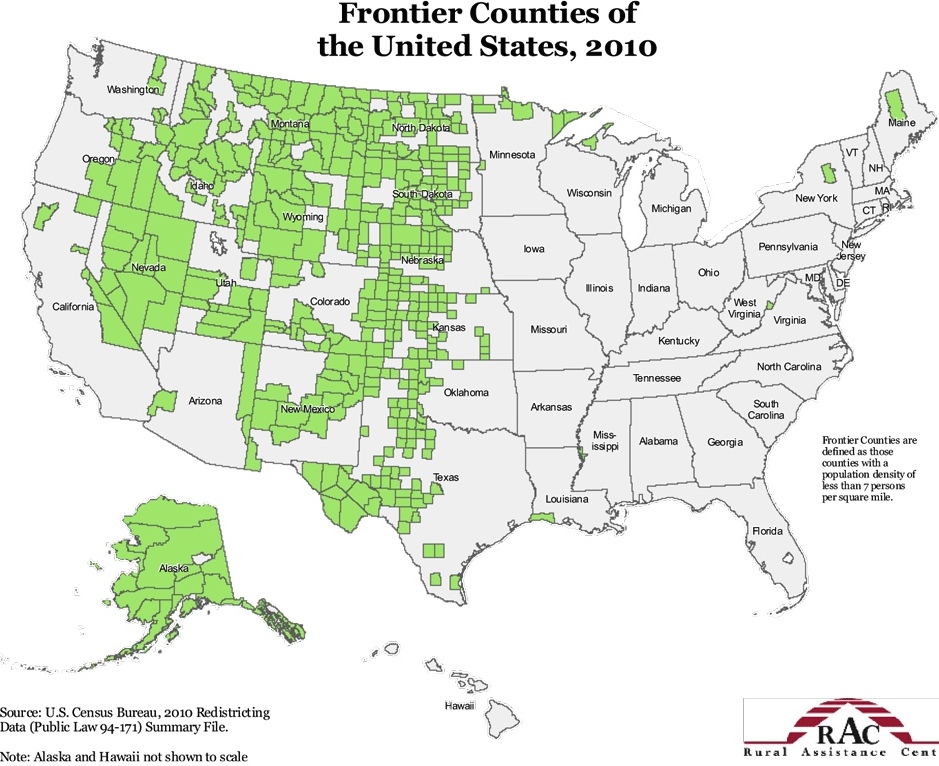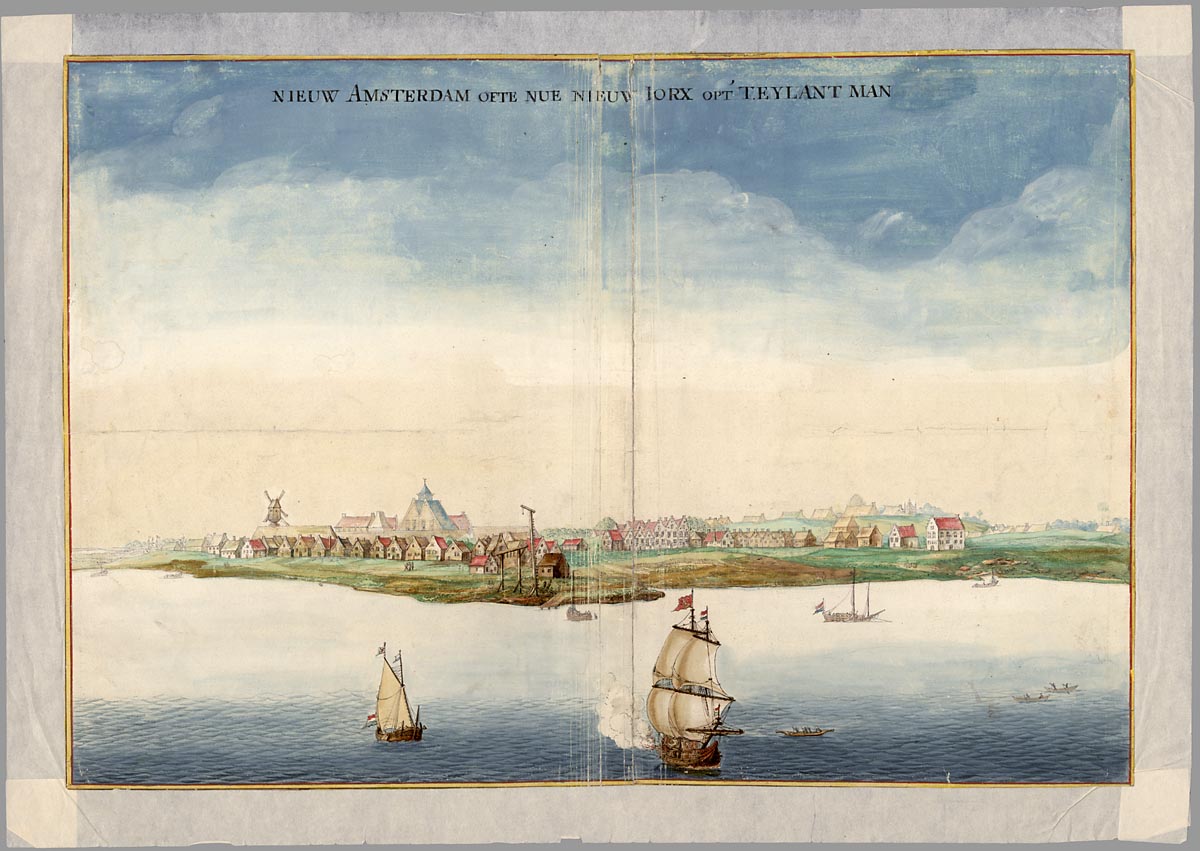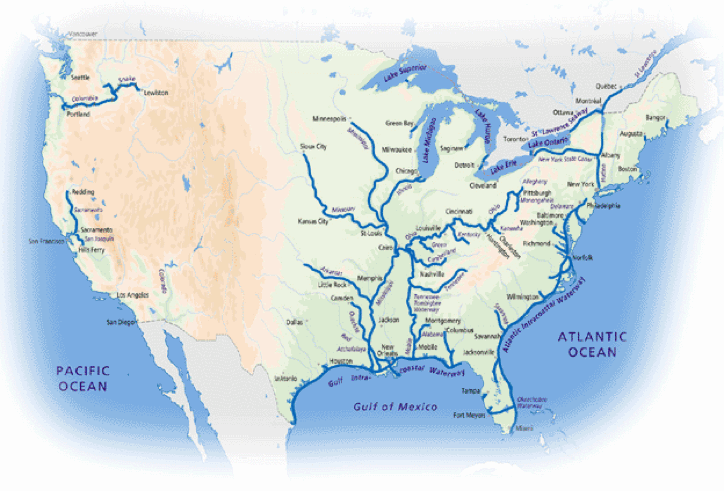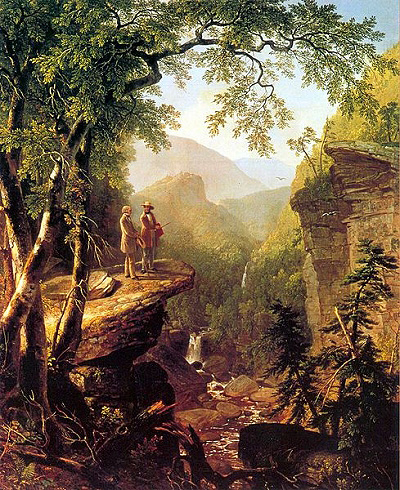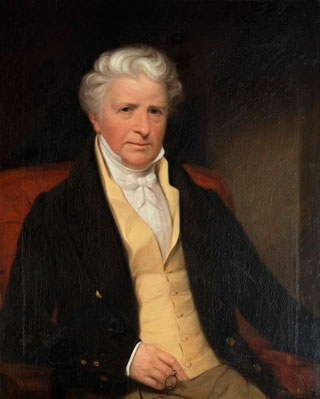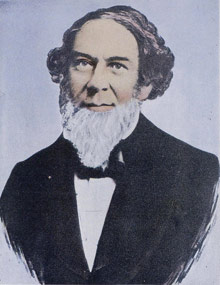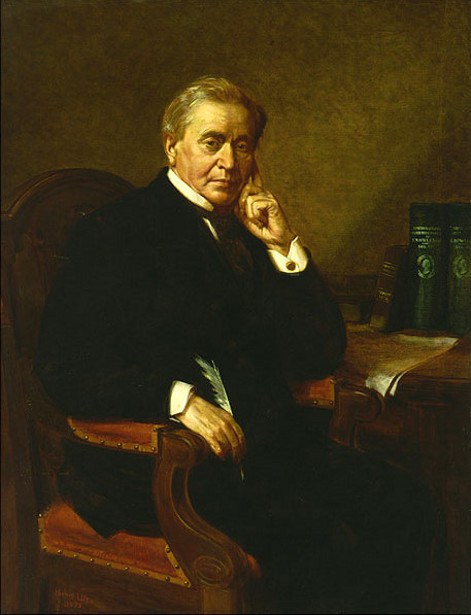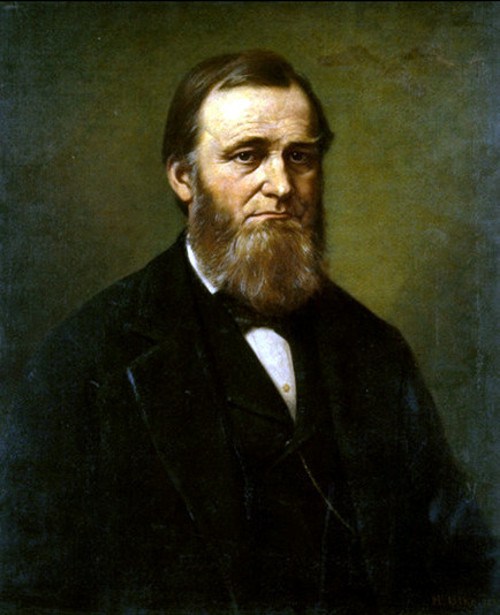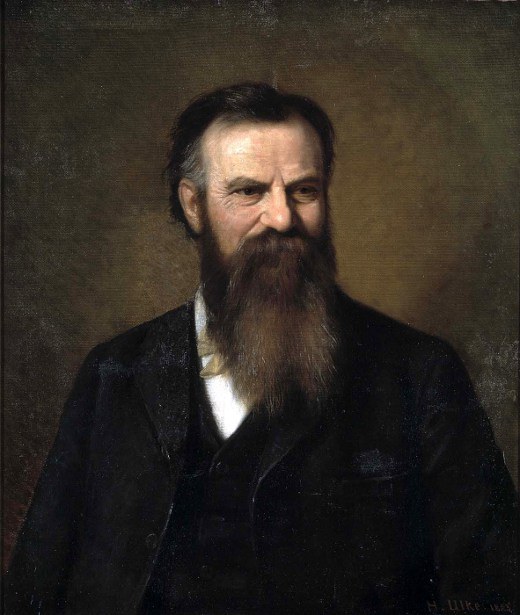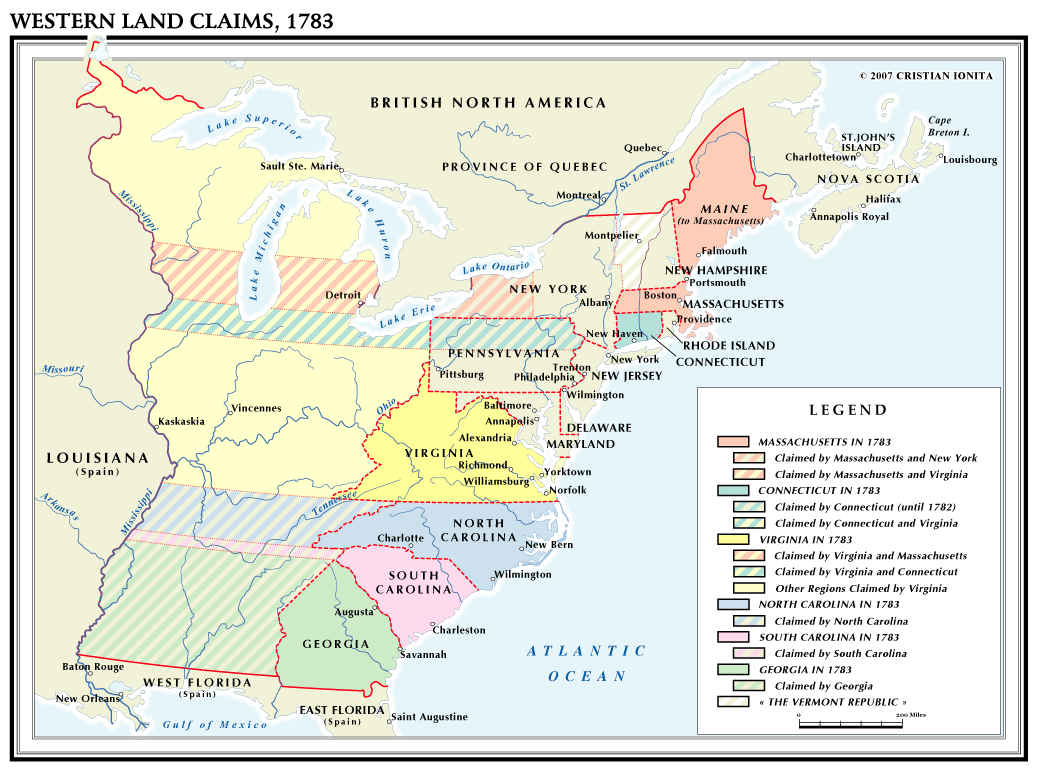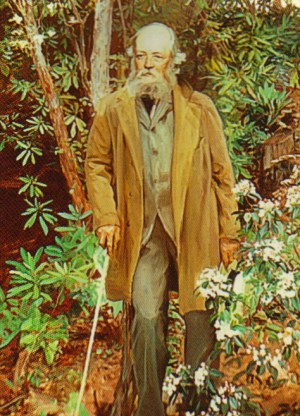I. Frontiers of land acquisition altered attitudes about natural resources in competing ways.
Class Method
To write for five minutes without stopping:
How did the frontier of estuaries, in its inherent character of landscape features and its geographical extent influence competing uses of land and water resources?
In 1620, the Dutch West India company established a colony with the nascent town on a peninsula between the Hudson (North) and East Rivers, called New Amsterdam, shown here a generation after the founding.
Prompt
Navigation
The people's rights to hunt and to fish for all residents in the lands below the highest tide and above the lowest tide lines
Comparative Dates to know:
1603 - The settlement on the Chesapeake Bay, Jamestown, Virginia.
- 1680 - Charles town South Carolina founded.
- 1763 - The Ordinance by King George declaring that only Native peoples or Amerindian settlement was allowed west of the Appalachian Mountains.
- 1784 - The large states (Virginia, New York, Carolinas Massachusetts and Connecticut agree to give up their land claims to western territory won from Britain in the Peace of Paris of 1783 in order to form the Articles of Confederation and create the "public domain" of federal land west of the Appalachian mountains.
The Public Domain States
- 1785 - The Land Ordinance to facilitate settlement of small farmers in the western territories, established a rational and centralized land policy based on disposal of federal land at auction.
- 1789 - The Constitution was adopted by half the states
- 1803 - The Louisiana Purchase made by Jefferson from Napoleon
- 1849 - The Interior Department created as a consequence of the Mexican Cession
- 1850 - civil war over Kansas leads to growing calls for disunion between Southern and Northeastern states.
- 1862 - The report of Frederick Law Olmsted on Yosemite Valley leads Lincoln to set the site aside as a park
- 1862 The Homestead Act -- gives 160 acres of land away to settlers for free.
- 1863 - The emancipation of African slaves
- 1869 - John Wesley Powell's initial expedition down the Colorado River.
- 1877 - The repeat explorations leads to John W. Powell's Arid Regions Plan as an example of land realism.
- 1885 - Adirondack Mountains preserved by NY State for all time.
- 1886 - The bureau of the Biological Survey created - The bureau of the Biological Survey created.
- 1890 - The US Forest Reserve Act allowed the President to set aside land in the public domain for forests
- 1900 - The Reclamation Act passed to promote arid land settlement in the far west and marsh land drainage throughout the nation.
red dates denote wartime.
Thoughtful Statements to translate:
1) What resources were protected by commerce and navigation rulings by the Courts?
2) Was there a dispute over the origins of disease in low lying areas and can you describe at least two sides of that debate and what they proposed to do about alleviating the problems?
3) What were the purposes of the Land Ordinance of 1785 and did the law achieve its goals in light of what it did accomplish?
4) Who were two or three of the advocates who disagreed over draining swamps as opposed to planting trees, or keeping marshes as they were?
5) Can you describe the differences between tidelands, the tidewater, and the legal description of the land lying between the high tide waters and the lowest tides?
6) Make an analogy or use an analogy involving the frontier and its importance to the different states who had claimed land all the way from the Atlantic coast to the Mississippi River.
Which old forms of institutions for land use and commerce emerged into often conflicting ideologies in the Early National period (1800-1860) ?
The clash of agrarian ideals versus commercial necessities.
Kindred Spirits by Asher B. Durand portrayed Thomas Cole and William Cullen Bryant alone in the Catskill Mountain wilderness. This became a statement concerning the importance of preserving nature in a nation dedicated to developing all of its resources.
Saving land because of the scenic quality of landscape features such as the sublime quality of the falls painted here, was a formative influence on preserving the beautiful places. But coastal wetlands were thought to be of less importance than say Niagara Falls' scenic monumentality.
The shapers of science in early America. Samuel L. Mitchell
Alexander Bache
Joseph Henry
Spencer Baird
John W. Powell
Concepts to look for:
Western land claims of the larger seaboard states.
Until the adoption of the Articles of Confederation states granted land to settlements, pioneers, and speculators all the way to the western border.
Land Ordinance of 1785public domain
Hamilton versus Jefferson
federalism
Commerce clauseEstuary, ecology of
Reclamation
IrrigationWho are five people who suggested the importance of marsh lands? Describe their ideas.
Ecosystem,
ecological systems
aqueducts
Arid regions
Forests for water supplies as watersheds & primary resources
While some people are not in the book, they are nonetheless important to know about:
Racial prejudice
"Without a struggle,there can be no progress." Frederick Douglass, Rising Up from Slavery
The older form in law to free slaves was called manumission as the ability to legally free slaves you own, see Robert Carter III.Robert Carter III
Harriet Beecher Stowe was an abolitionist who wrote a book that fired a nation's conscience in 1852, Uncle Tom's Cabin.
W. E. B. Dubois, The Souls of Black Folk
Mary Austin, Land of Little Rain
Jonathan Winthrop
Eleanor Roosevelt & Greenbelt, Maryland, Twentieth century reforms
Greenbelt Maryland was created as a new urban setting, in 1937.
Joseph Siry, Marshes of the Ocean Shore, 1984, (College Station, Texas: Texas A & M University Press, 1984). Argues that water and its engineering defined national attitudes about conservation and ecology.
Mary Austin, The Land of Little Rain, 1903 (New York: Dover Press, 1996). Describes the way the Owen's Valley looked before Los Angeles acquired all of the water rights to divert the stream-flow south for its own needs.
Lewis Mumford, The Brown Decades: A Study of the Arts in America, 1865-1895. Defines the national landscape.
Earlier this week:

